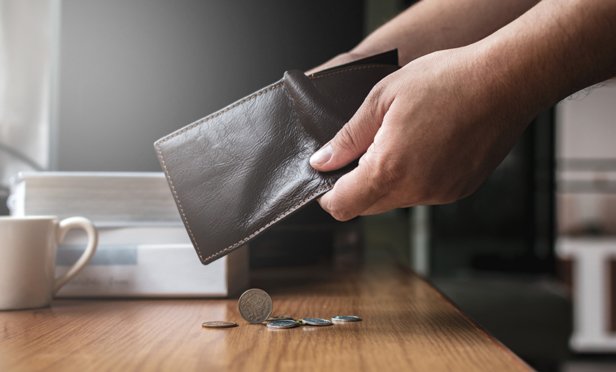 One major improvement in the second PPP round is that the average loan size seems to be $73,000 — "less than half of PPP1," according to S&P Global, noting the data available so far was only through May 8. (Photo: Shutterstock)
One major improvement in the second PPP round is that the average loan size seems to be $73,000 — "less than half of PPP1," according to S&P Global, noting the data available so far was only through May 8. (Photo: Shutterstock)
On Wednesday (June 3), the U.S. Senate cleared changes to the Paycheck Protection Program that provides more flexibility to small businesses using the relief loans. The changes to the PPP include extending the eight-week period in which funds must be spent for forgiveness to 24 weeks, as well as extending the repayment period money owned from two years to up to five years.
Recommended For You
Want to continue reading?
Become a Free PropertyCasualty360 Digital Reader
Your access to unlimited PropertyCasualty360 content isn’t changing.
Once you are an ALM digital member, you’ll receive:
- Breaking insurance news and analysis, on-site and via our newsletters and custom alerts
- Weekly Insurance Speak podcast featuring exclusive interviews with industry leaders
- Educational webcasts, white papers, and ebooks from industry thought leaders
- Critical converage of the employee benefits and financial advisory markets on our other ALM sites, BenefitsPRO and ThinkAdvisor
Already have an account? Sign In Now

